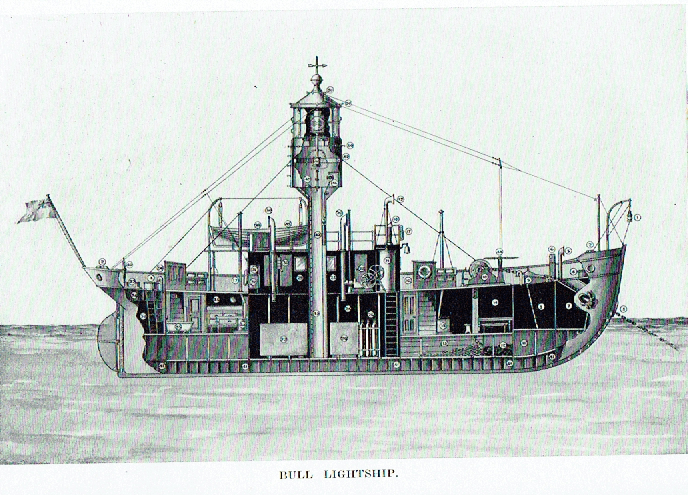
Page 26 of the book (s.p.b.s) gives a detailed cut-away section of a Humber lightship of the day. Presumably the Spurn lightship built in 1927 in Goole (s.p.b.) has the same design features. It is this Lightship (now, seemingly, called Hull Lightship) which was moored at the north-east corner of Hull Marina, and which is to be moored near the north-west corner of the Marina as a key item in Hull’s proposed ‘Maritime City’ project. I have sent an email to the persons planning this project to make them aware of this book and asking if it might be of use in preparing information for their display boards, or whatever system they are using. Preparations for the opening of Hull’s Maritime City project are well underway; the Town Docks Museum has now been shrouded in scaffolding and polythene sheeting for some while and is not expected to be ready until 2024, much time having been spent removing artifacts to storage before building work could start. Queen’s Gardens is awaiting mutilation (my opinion) for its transformation and the surviving side netting trawler is in dry-dock off the River Hull, this site now witnessing the beginning of building an information centre alongside the dry-dock site.
The Bull (Sands) Lightship shown above was built in 1909 by Earle’s Shipbuilding and Engineering Company, Hull. The specifications seem the same as for the Spurn Lightship although this one was painted red whereas the Spurn Lightship was painted black (and so it remains). I do not know what has happened to the Bull Lightship.
Three other lightships described in the book were the Upper Whitton Light Vessel and the Middle and Lower Whitton Light Vessels. Whitton is a village on the Humber south-bank just east of Trent Falls. A few years ago, when walking the River Hull west bank at Beverley, one of these three was moored at the riverside. Clearly someone had intended to convert it to a live-in boat, but it then looked in a sorry state.
(to be continued)